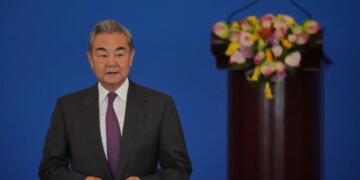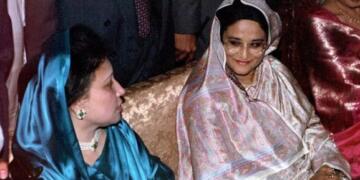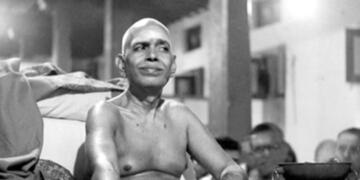The case for India having a global media house, which represents the Indian viewpoint on the most important national and international events, has been made again and again. And the reason behind this is that most of the international media houses report the events and incidents in India with their biases and prejudices.
For example, take the Khalistani attack on Delhi and unfurling of the Sikh flag on the Red fort- different media houses not only glorified the insurrection attempt but also showed the way to the mob. BBC, the leader of the global liberal media gang, published an article that charted out 4 ways in which the sinister elements masquerading as farmers can keep the protest alive.
According to BBC, the rioters have to remain united; keep pressuring the government and ensure that the aandolan is alive.
New York Times, the American media house that has repeatedly tried to malign the Modi government, blamed it all on the government and mentioned that one protestor died- without mentioning that he died due to the fact that his tractor overturned as he rammed it into the barricades. “Protesters used their tractors to pull apart barricades, prompting the police to fire tear gas. At least one person died in the demonstration against new farming laws,” wrote NYT.
Al Jazeera, the Qatar based media house with Islamist leanings, published an article titled ‘Chaos as Indian farmers enter Delhi’s Red Fort, clash with police’ and quoted Communist leaders like Sitaram Yechury in order to prove that the Delhi Police was somehow responsible for what happened at Red Fort because it lathi-charged the protestors and used tear gas. Although the article has not even once mentioned that the bloodthirsty rioters used swords and other weapons against the Delhi Police officials.
The Guardian, the UK based tabloid that has been a voice of the radical left for the last few decades, tried to justify the unfurling of Sikh religious flags at the Red Fort and quoted protestors as saying, “We have been protesting for the last six months but the government didn’t bother to listen to us,” Singh said. “Our ancestors have charged this fort several times in history. This was a message to the government that we can do it again and more than this if our demands are not met.”
The newspaper, being true to its nature, quoted radical leftist voices like Dilip Mandal, who argued that the people of the country or democracy does not face danger from the people who stormed Red Fort, but in fact, these people strengthened democracy in India.
CNN, the mouthpiece of America’s Democratic Party, highlighted the fact that Delhi Police used tear gas and wrote, “Tear gas and flashbangs could be seen on live streams from the city’s streets as police moved to contain large crowds of protestors in tractors and on foot from breaking through barricades.”
Most of the global media have some common themes like- blame Delhi Police for the insurrection attempt; the argument that the livelihood of the farmers is at risk due to farm laws and that is the reason they are protesting; justify the use of force and weapons by Khalistani elements and suggest the way through which the protest can be kept alive.
None of the global media touched on the Khalistani elements in the insurrection attempt, the role of Sikhs for Justice- a separatist Pakistan-linked terror group, and Sikh supremacy on display during the Delhi siege.
Therefore, the reporting by global media on the farm laws, the subsequent protests, and the 26th January incident, show that India desperately needs a global media house to take India’s message and its point of view to the world.































